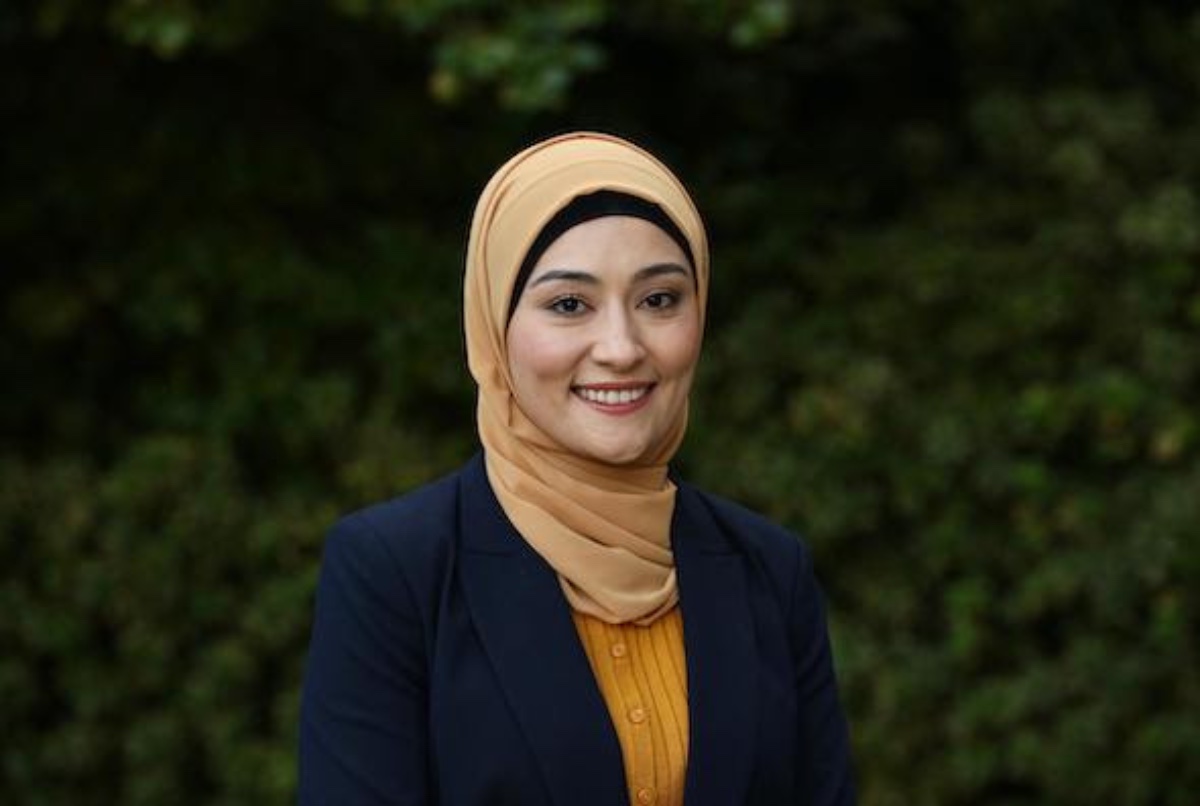Where Are They? The Shia and Sunni Leaders
By Aslam Abdullah, TMO Editor in Chief
The debate about the events some 1400 years ago that resulted in the martyrdom of Imam Hussain is still on in Muslim leadership circles all over the world. Each describes the other as being in conflict with Muslim principles. The extremists in both camps justify violence against the other to please the God they both believe in; each denounces others as the worst enemy of Islam. Extremists on both sides are not tired of accusing each others most revered personalities of crimes.
Yet, the religious leadership of both communities is constantly engaged in rhetoric reminding followers that the Islam they preach is the most tolerant and most peaceful religion.
Most Muslims who are not involved in the conflict are bewildered and tend to believe that all these acts of violence are engineered by some hidden powers including the not so hidden US, Israel, India and Great Britain and others. A few are willing to admit that there is a serious theological, political and social problem in relations between Shias and Sunnis.and those committing acts of violence are Muslims belonging to either of the two communities.
The debate about the Caliphate as championed by many Sunnis and Imamate as promoted by the Shias is irrelevant in our times. Even in places like Saudi Arabia, a 100% Muslim majority country with Sharia laws–does not claim itself to be a Caliphate and the Shia Iran still waits for the arrival of its hidden Imam. Yet, in the name of their sects, both have been killing each other for long.
Non-Muslims have a right to ask this: If Muslims cannot tolerate their internal differences and do not know how to handle them peacefully, how can we be assured that they would not act violently against others with whom they might have fundamental deeper religious differences?
No one can resolve the differences that have existed among Shias and Sunnis forever. Those differences go back to some of the earliest days of Islam.
So what can be done?
Differences cannot be resolved but the violence can be controlled. Rather than violence, the leadership of the communities can engage in serious peaceful dialogue built on the fundamental divine principle that human life is sacred and it cannot be harmed. This is possible when those who are considered great spiritual leaders of the two communities instruct their followers that violence is not permitted in Islam and human beings cannot be killed for their theological differences.
The leadership has to repeat this message from every pulpit and vow to protect human life. It is possible to achieve peace between the two communities, but it requires a new style of leadership. This new style demands that leaders stop playing God and act as servants of God whose obligation is to ensure the sanctity of human life of not only Muslims but of all others.
Without that, it is almost impossible to control forces of violence unleashed by the hatred that has been nurtured for centuries in the name of Islam.
At people level we can stop promoting those leaders who talk the divisive language and incite them against the others. It is a difficult task, nevertheless it is doable. At least in the US, those who are shias and sunnis can prevail upon their religious leaders to refrain from using a language of hatred and violence against each other.
15-22












2013
970 views
views
0
comments